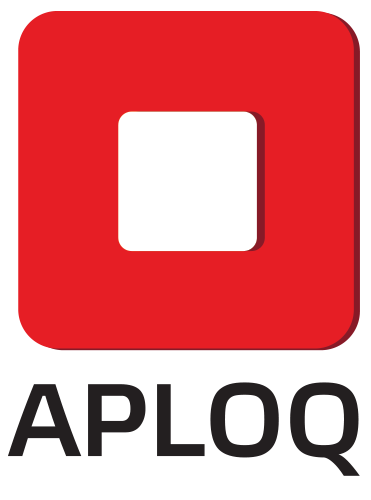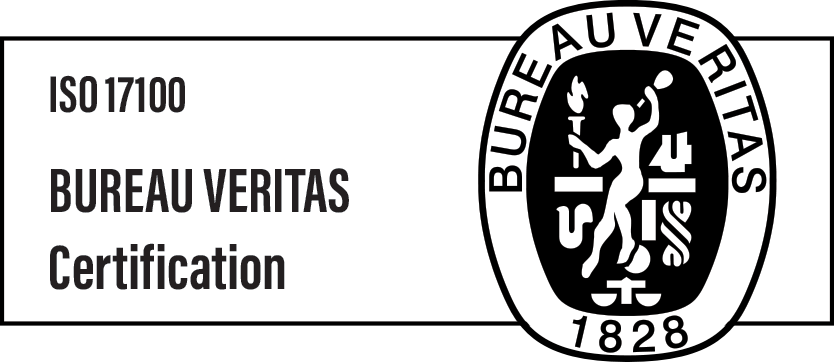The rise of e-learning in healthcare — and the role of localization

E-learning’s growing role in modern healthcare
The healthcare sector changes fast. New devices reach global markets every year. Clinical procedures shift as research evolves. Staff need regular training, yet many organizations struggle to deliver it at scale. As a result, digital learning is gaining ground. Hospitals, medical device companies, and life science organizations now rely on online courses to keep teams up to date.
This shift has created new expectations. Learners want flexible access to training. Companies want consistent messages across regions. Regulators expect accuracy at every step. These needs make e-learning localization in healthcare a strategic priority. When training content is clear, culturally relevant, and linguistically precise, learners understand it faster. They also apply it more confidently in real situations.
For LSP professionals, medical translators, and healthcare educators, this trend brings new opportunities. High-quality multilingual courses support global learning programs and reduce risk. They also give companies a reliable way to train users and clinicians in different countries.
Why e-learning is growing rapidly in the healthcare sector
Healthcare organizations face many pressures. Staff shortages create large training gaps. New technologies require constant updates. Regulatory changes demand immediate action. Traditional classroom training cannot always keep up. It is expensive to run, hard to repeat, and difficult to control across multiple locations.
E-learning offers a practical alternative. Learners can study at their own pace without disrupting their schedules. Organizations reach thousands of people with one unified message, no matter where they are. Training teams gain the flexibility to update modules quickly when procedures change. Medical device companies can launch learning materials alongside new product releases. Hospitals can deliver mandatory compliance lessons to every shift. Pharmaceutical firms can keep global teams aligned during clinical trials.
Digital learning also improves tracking. Learning management systems record progress, quiz scores, and completion rates. This gives educators and compliance officers better visibility. Errors become easier to spot. Support needs become clearer.
For medical translators and LSP teams, this growing demand creates a steady flow of work. Every new e-learning module needs accurate terminology, adapted visuals, and localized assessments. Healthcare educators also benefit. They can design content once and distribute it globally with confidence.
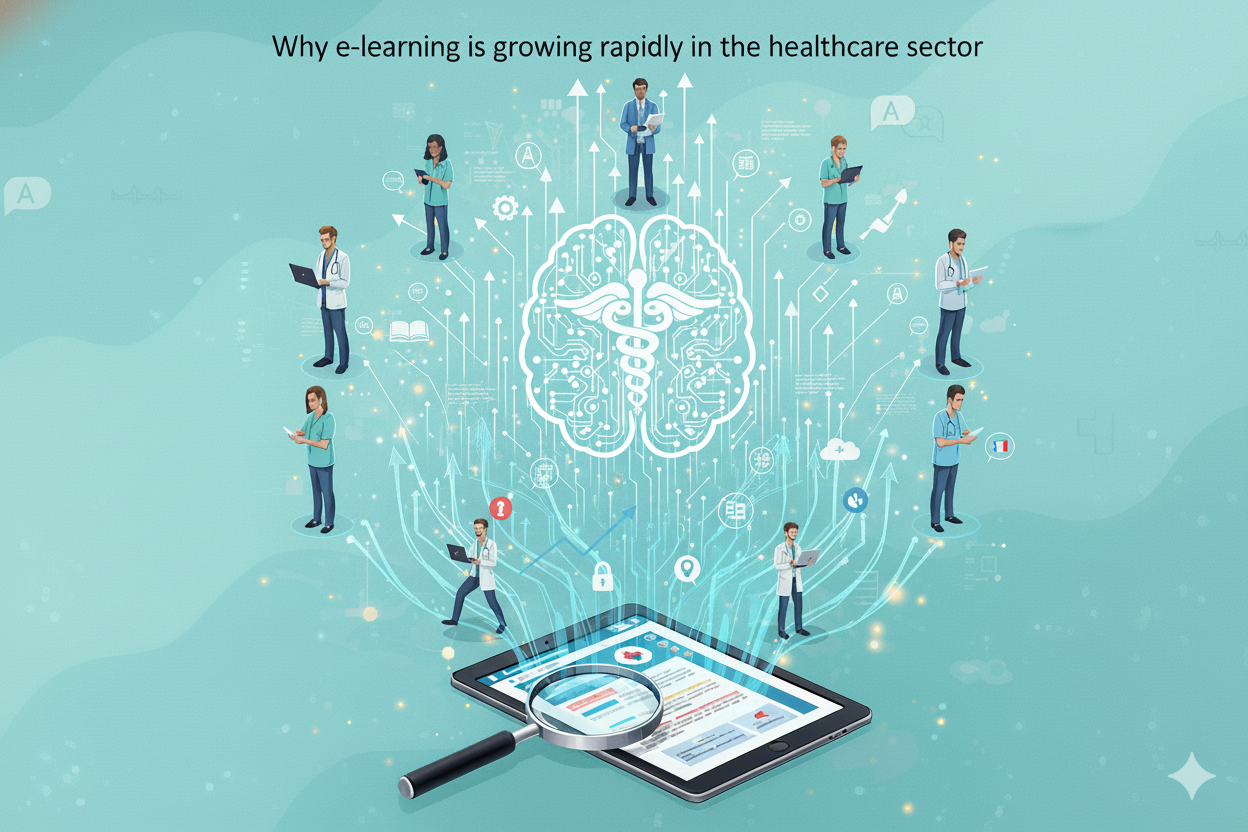
Why e-learning is growing rapidly in the healthcare sector
Challenges of delivering healthcare training at global scale
Global healthcare training brings serious challenges. Medical terminology is complex and often very specific. Words that seem similar may have different meanings in different specialties. A small mistranslation can cause confusion or safety risks. That is why precise language matters.
Cultural differences also affect learning. A case study that feels natural in one region may not fit another. Examples, visuals, and interactive tasks need to match local expectations. If they do not, learners may disengage or misunderstand instructions. Timing formats, measurement units, and regulatory references may also vary between markets.
Technical considerations add another layer of complexity. E-learning platforms use multimedia elements such as video, animations, voice-overs, and interactive quizzes. Each of these requires careful adaptation. On-screen text must fit the layout. Audio tracks must match the original pacing. Buttons and navigation need clear labels in every language.
Healthcare organizations rely heavily on accuracy. Mistakes in training content can lead to incorrect procedures, compliance issues, or device misuse. For LSP professionals and medical translators, this is where their expertise becomes essential. Their work ensures that global learners receive content that is accurate, clear, and ready for real-world use.
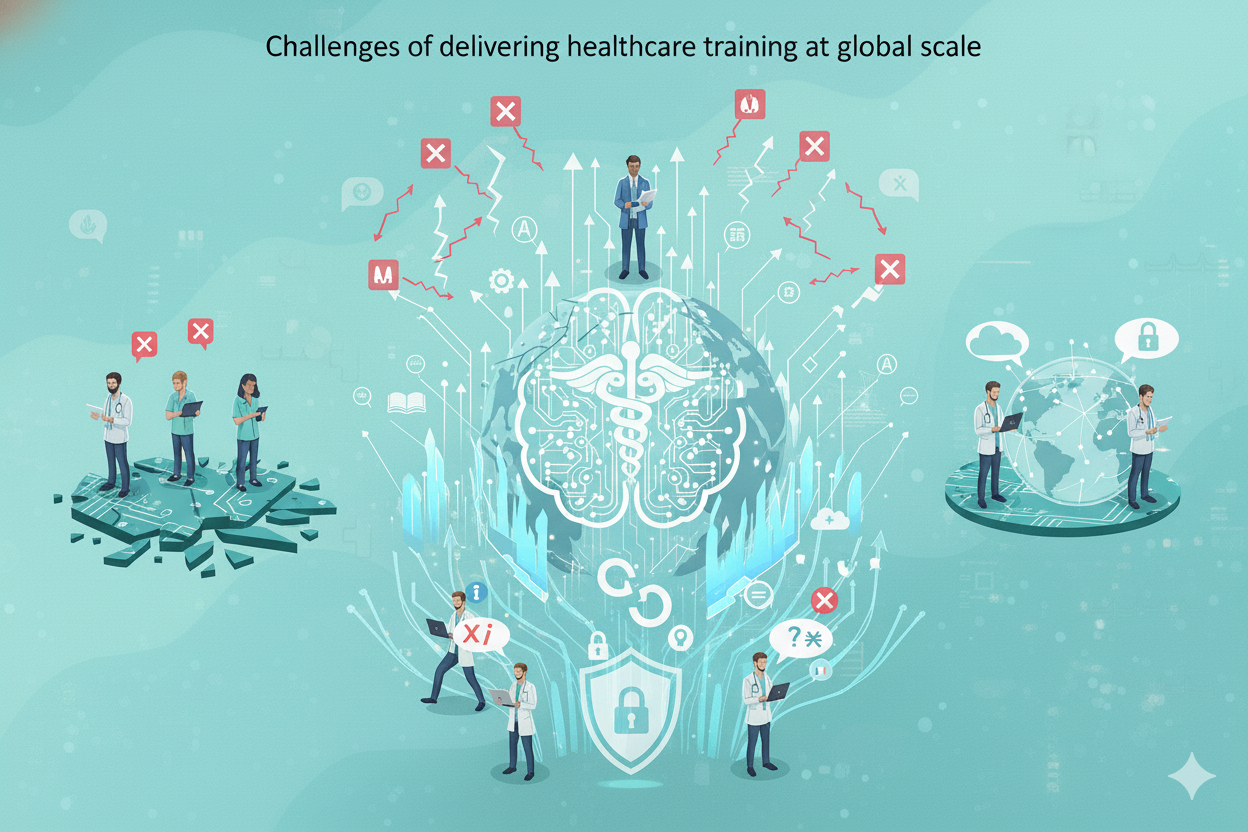
Challenges of delivering healthcare training at global scale
How localization strengthens healthcare e-learning
Localization plays a central role in successful digital training. It goes far beyond translation. It adapts content so learners in every region understand it clearly and use it correctly. This includes terminology, visuals, examples, and even course structure. When these elements feel familiar to the learner, training becomes more effective.
Accurate terminology is especially important in healthcare. Translators must understand medical concepts and follow approved glossaries. In some cases, they collaborate with subject-matter experts to confirm details. This reduces the risk of misinterpretation. It also helps companies meet regulatory expectations.
Localization also supports multimedia learning. Videos need updated voice-overs or subtitles. On-screen text must fit the design and remain readable. Interactive elements such as drag-and-drop tasks, branching scenarios, and quizzes often require technical adjustments. A well-planned workflow keeps these updates consistent.
For LSP teams and healthcare educators, this process creates strong value. It helps deliver the same high-quality training to every region. It also builds trust with learners, who rely on clear communication in safety-critical situations.

How localization strengthens healthcare e-learning
Case study: localizing course formats for multilingual training
Many healthcare organizations use structured course formats such as SCORM packages, slide-based modules, or interactive video lessons. These formats offer a stable foundation for multilingual training. They also allow teams to update content quickly as procedures evolve.
Localizing these formats involves several steps. Scripts are translated and reviewed by medical linguists. On-screen text is adapted to fit templates. Graphics and diagrams are updated with localized labels. Voice-over tracks are recorded by native speakers. In some cases, assessments are redesigned to match local standards or cultural expectations.
Technical preparation is key. Exporting text into translation-friendly files prevents errors. Consistent terminology ensures that device names, symptoms, and instructions remain accurate. Quality checks verify that the localized content looks and functions correctly inside the final course.
Many organizations see strong results. Learners report higher engagement when training is available in their language. Completion rates rise. Support teams receive fewer questions. For medical translators and LSP professionals, these outcomes highlight the value of precise multilingual adaptation.
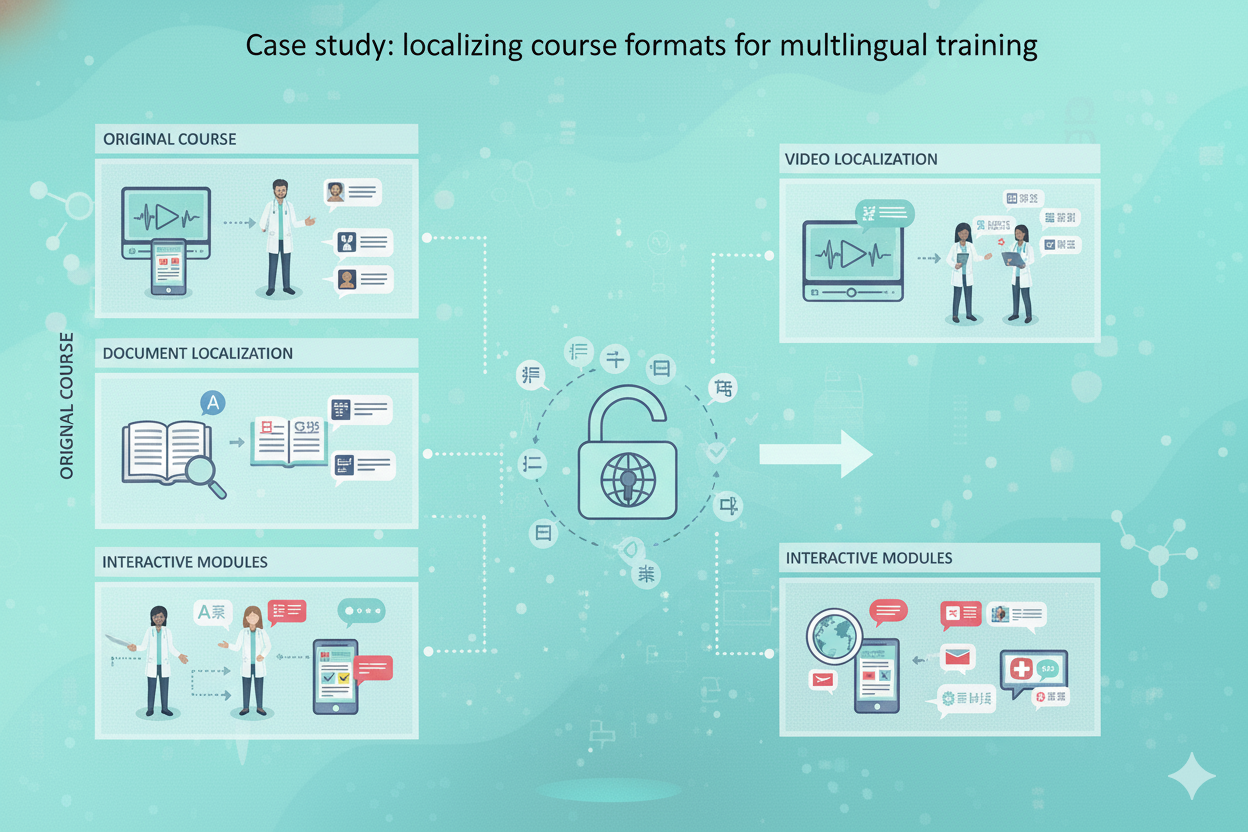
Case study: localizing course formats for multilingual training
Building stronger global training through localization
E-learning has become a practical solution for healthcare organizations that need fast, accurate, and scalable training. As global teams grow, the demand for accessible learning increases. This creates a clear need for strong localization practices.
When courses are accurately adapted for each region, learners gain confidence. They understand instructions more easily. They also apply new skills more safely in clinical settings. Companies benefit from better compliance, smoother onboarding, and consistent training across markets.
For LSP professionals, medical translators, and healthcare educators, this trend creates long-term opportunities. High-quality localized courses support global healthcare systems and protect patients. They also help organizations deliver training that feels relevant and trustworthy.
If you’d like, I can now assemble everything into a full, publish-ready article.
